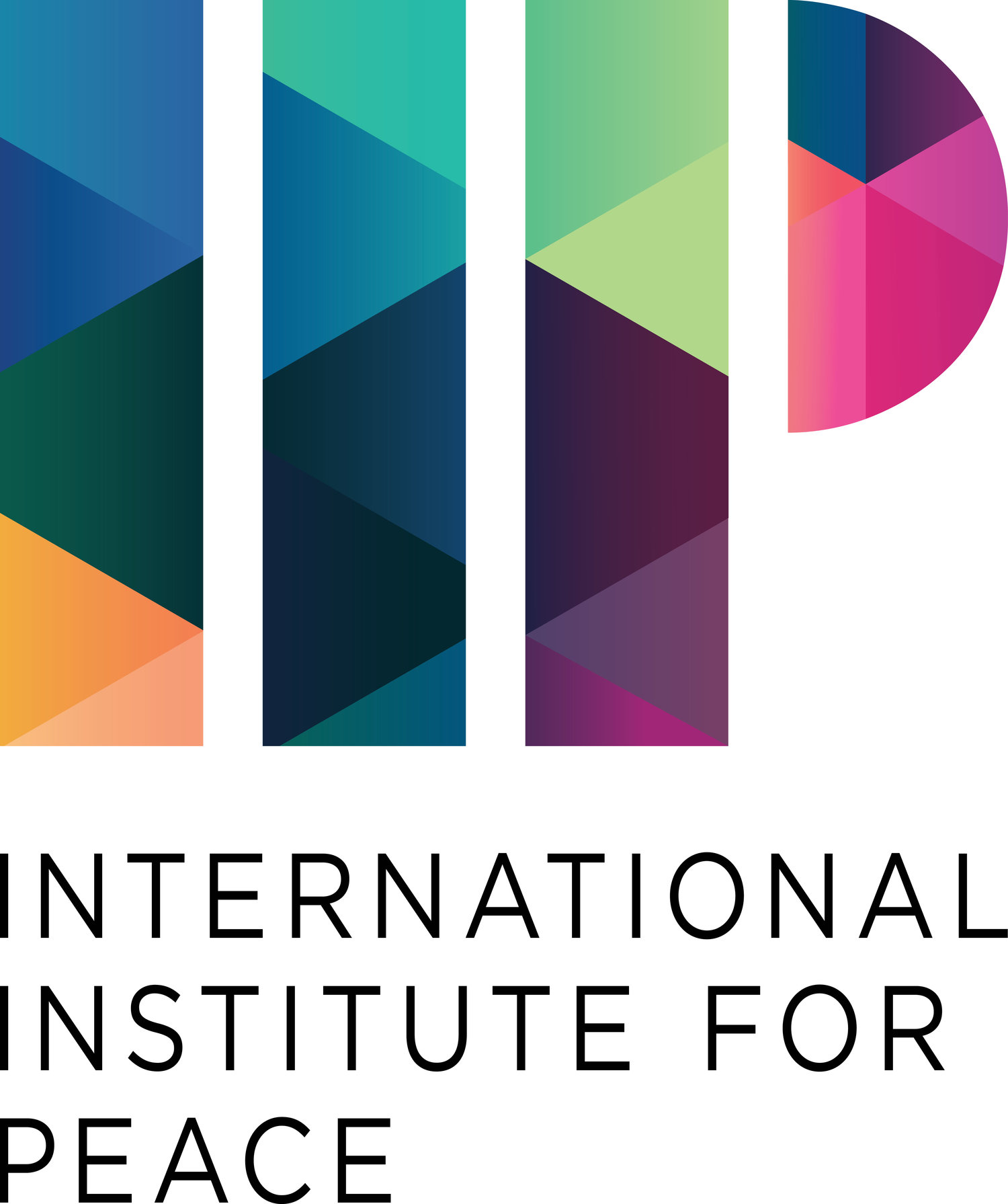For the 27th annual commemoration of the Srebrenica genocide, the Srebrenica Memorial Center has chosen to dedicate this year to the mothers and women of Srebrenica. Their heroic role in the events in Srebrenica during the war, the days after the fall of Srebrenica, as well as the struggle and activism in post-war society has been underestimated and neglected. Through their activities, projects and research, this year the Memorial Center has highlighted the role of women. It is to remind us that without their never-ending fight for the truth and justice, many aspects of the genocide would not be known today.
The facts of the horrific crimes in the Srebrenica genocide have been affirmed beyond a shadow of doubt by the world’s most esteemed legislative bodies - the most famous is the International Criminal Tribunal for the Former Yugoslavia (ICTY), which had more than 100 testimonies in the case of the Srebrenica genocide.
As of this year, more than 6700 victims are buried in the Srebrenica Memorial Cemetery. The names of these victims as well as the other 1600 who have yet to be found or identified are inscribed on the Memorial Wall inside the Cemetery. The identification of these victims was a crucial part of bringing the responsible war criminals to justice.
The groundbreaking DNA analysis and forensic work done by the International Commission for Missing Persons (ICMP) was particularly important in Srebrenica because of the rigorous cover-up operations by the perpetrators in which they moved bodies to secondary or even tertiary mass graves. This was never seen before and thus identification through traditional means was near impossible.
Peace protests for the truth
The association “Mothers of Srebrenica” have been organizing peace protests every 11th of July in order to remind the public of the genocide and the scars it left on all the Women and Mothers who are still searching for their loved ones.
On the 11th of June, the protest was organized in Potočari, the place of burial of the victims of genocide and the Srebrenica Memorial Center, for the first time. In the years before, protests were usually organized in Tuzla or Sarajevo.
"In this way, we want to remind the public and those who deny the genocide and deny that it happened here, that we will not let this be forgotten. This reminded me of July 11, 1995 when I was here and I watched people being separated and minor boys who were later killed. Today, mothers carried their pictures on billboards along the same path that people used to move and be separated from their families. My brother was killed in the genocide, but we mothers and sisters are fighting for the full truth to be known about each victim," said Nura Begović, president of the Association of Women of Srebrenica, in an interview with Radio Free Europe.
Srebrenica Genocide as Gendercide
In July 1995, units of military and police forces of Republika Srpska, executed over 8000 Bosniak men and boys and deported more than 25000 women and girls from the formally declared “UN Safe Area” Srebrenica. However, prior to the fall of Srebrenica the enclave was under a brutal siege and even with the humanitarian aid from the international communities remained a place of suffering and agony.
During that time, it came on to the women to care for their family, as the male population was either detained in camps or in combat. They took over a role that was typically reserved for the male counterparts and became the sole providers for their households. Without them, the number of casualties in the enclave would have been much higher as they were also assisting the Srebrenica war hospital in preparing dressing materials for the wounded.
When the French General Philipe Morion was getting ready to leave Srebrenica in April 1993, it was the women who forced him to stay. It resulted in the Resolution 819 being drafted, which ultimately declared the municipality as a “Safe Area”.
This genocidal campaign was long prepared by the Milošević regime. By promoting the rhetoric of a Greater Serbia and portraying the Bosnian Muslims as the “ancient enemy” of the Serbs, he garnered the approval necessary to commence major ethnic cleansing in the region. This comes to show that the genocide in Bosnia and Herzegovina did not happen by accident. The genocide denial and islamophobia in the region is also no mistake. It is the product of a governmental and media-driven islamophobic campaign, which is still reaping it’s fruits to this day.
Denial and Triumphalism on the daily agenda
Genocide denial has been predominantly happening in Serbia and the Serbian entity Republika Srpska (RS) in Bosnia and Herzegovina. While it is driven by rhetoric coming from the political elite, it is important to note that the civil society and media have taken up a much bigger role.
The Srebrenica Genocide Denial Report 2021 monitored and summarized trends in Genocide Denial, spotlighted positive developments and offers recommendations for both political and civil society actors in BiH and the wider region.
By monitoring the actors and media outlets in genocide denial, the report found that between the period from May 1, 2020, to April 30, 2021, 234 acts of genocide denial were reported. Both the actors and outlets are concentrated mostly in Montenegro, Serbia and Bosnia and Herzegovina (Republika Srpska).
Today, denial and triumphalism hasn’t disappeared and is best visible in the tenacity of the nationalists. But today should not be about those celebrating Ratko Mladić. It should be about the 50 victims we are finally putting to rest today.
Dennis Miskic, Austrian Peace Servant at the Srebrenica Memorial Center


